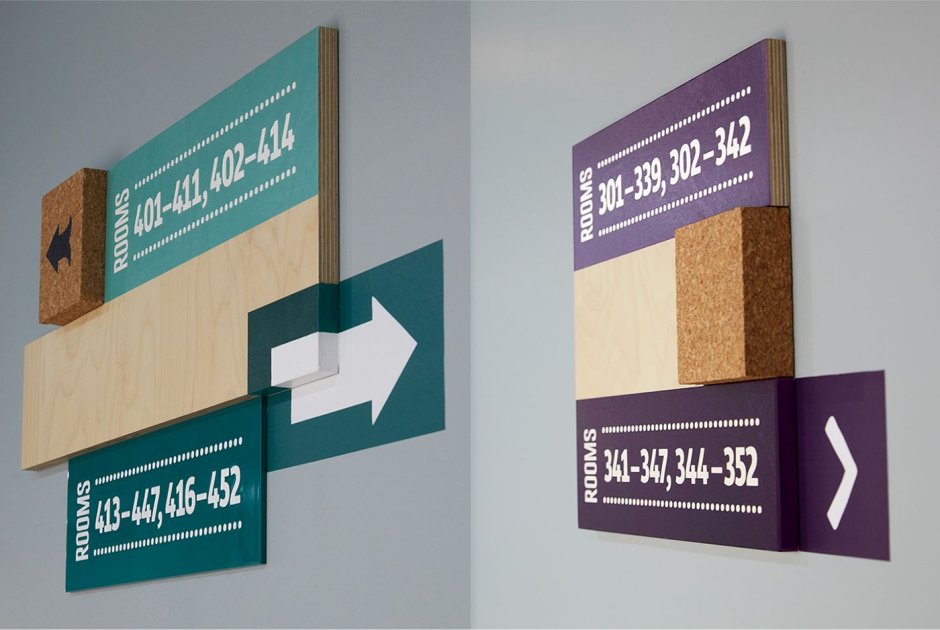Wayfinding design
Wayfinding design refers to the art and science of creating navigational systems to guide people through physical spaces. It involves the strategic placement of signs, symbols, and other visual cues to help individuals navigate complex environments such as airports, hospitals, shopping malls, and campuses.
Effective wayfinding design is essential for ensuring smooth and hassle-free navigation, reducing confusion, and enhancing user experience. By carefully considering factors like layout, visibility, and information hierarchy, designers can create intuitive wayfinding systems that effortlessly lead users from one point to another.
Wayfinding design incorporates various elements, including signage, maps, color schemes, typography, and even architectural features. These elements work together to provide clear, concise, and easily understandable information to users, allowing them to confidently find their way around unfamiliar spaces.
The primary goal of wayfinding design is to eliminate ambiguity and uncertainty, enabling people to move through spaces with ease and confidence. A well-designed wayfinding system not only enhances the user experience but also improves safety by preventing accidents and minimizing instances of getting lost.
In addition to physical environments, wayfinding design has extended its reach into digital platforms as well. Websites, mobile applications, and virtual environments all benefit from thoughtful wayfinding design, which helps users navigate through complex digital spaces effectively.
Overall, wayfinding design plays a crucial role in improving navigation, reducing stress, and enhancing user satisfaction. By combining aesthetics, functionality, and psychology, designers can create visually appealing and highly functional wayfinding systems that seamlessly guide individuals from point A to point B.


















































































